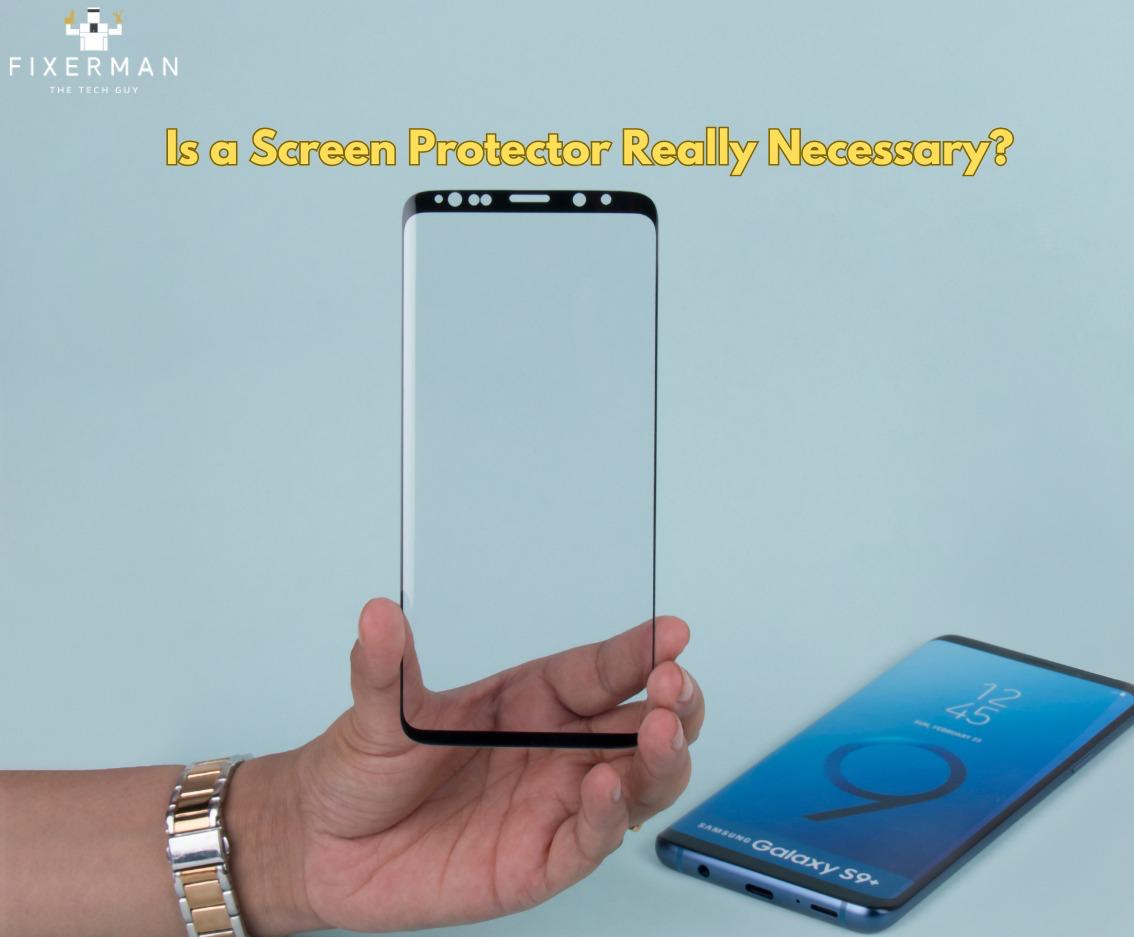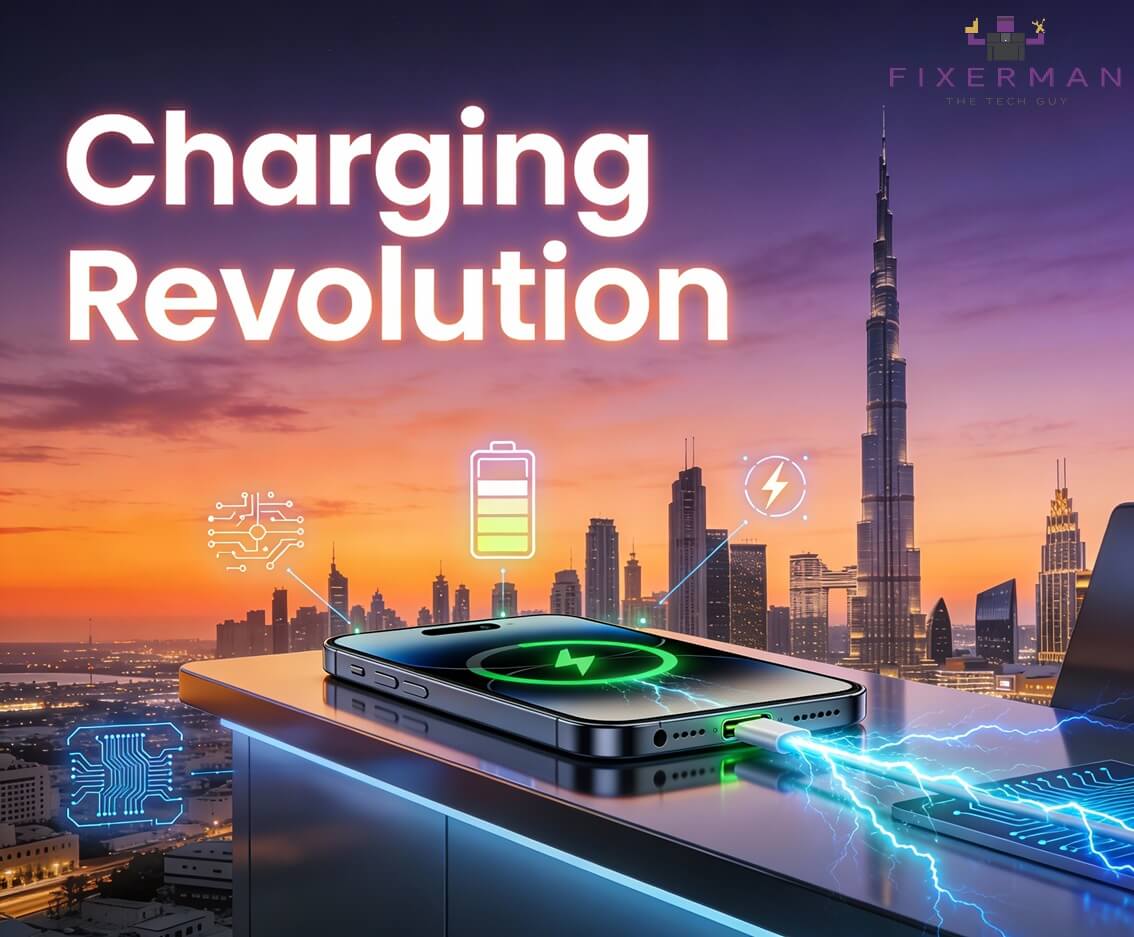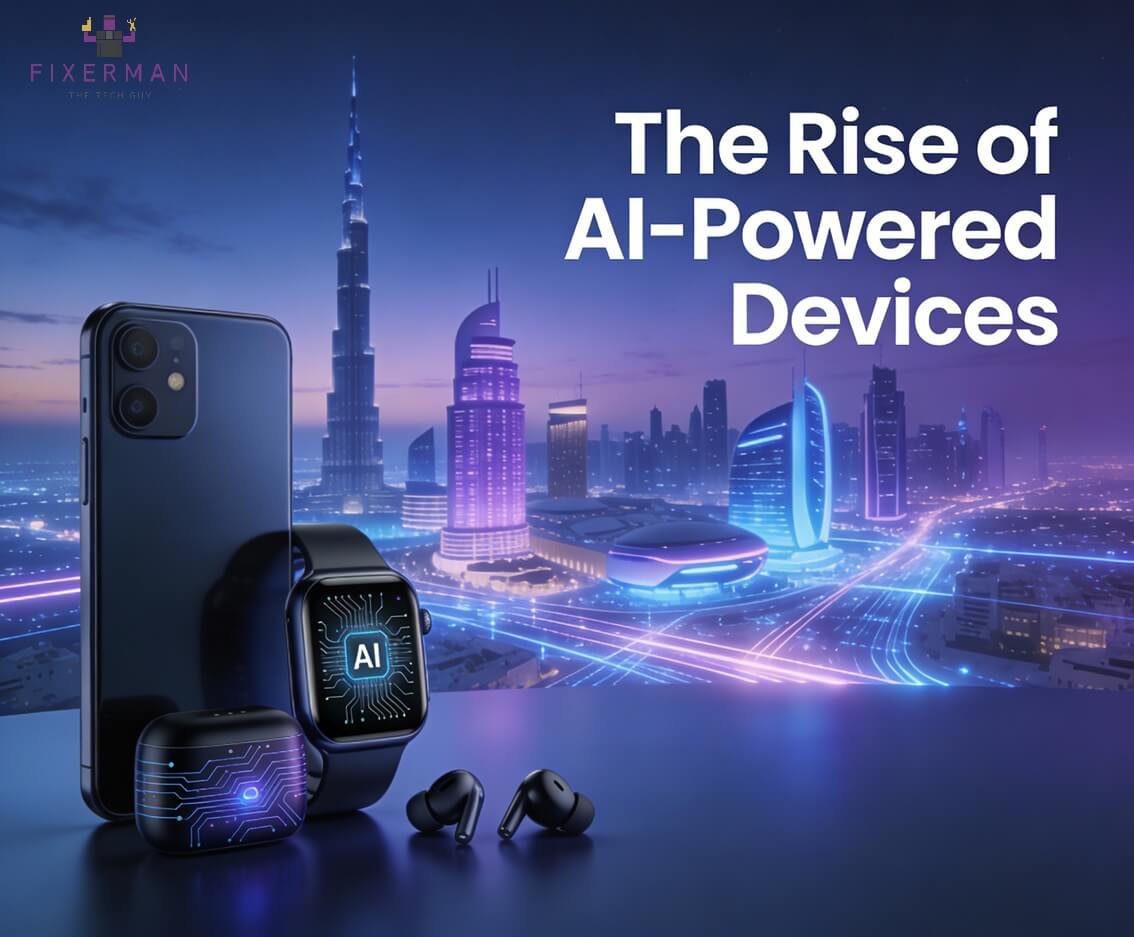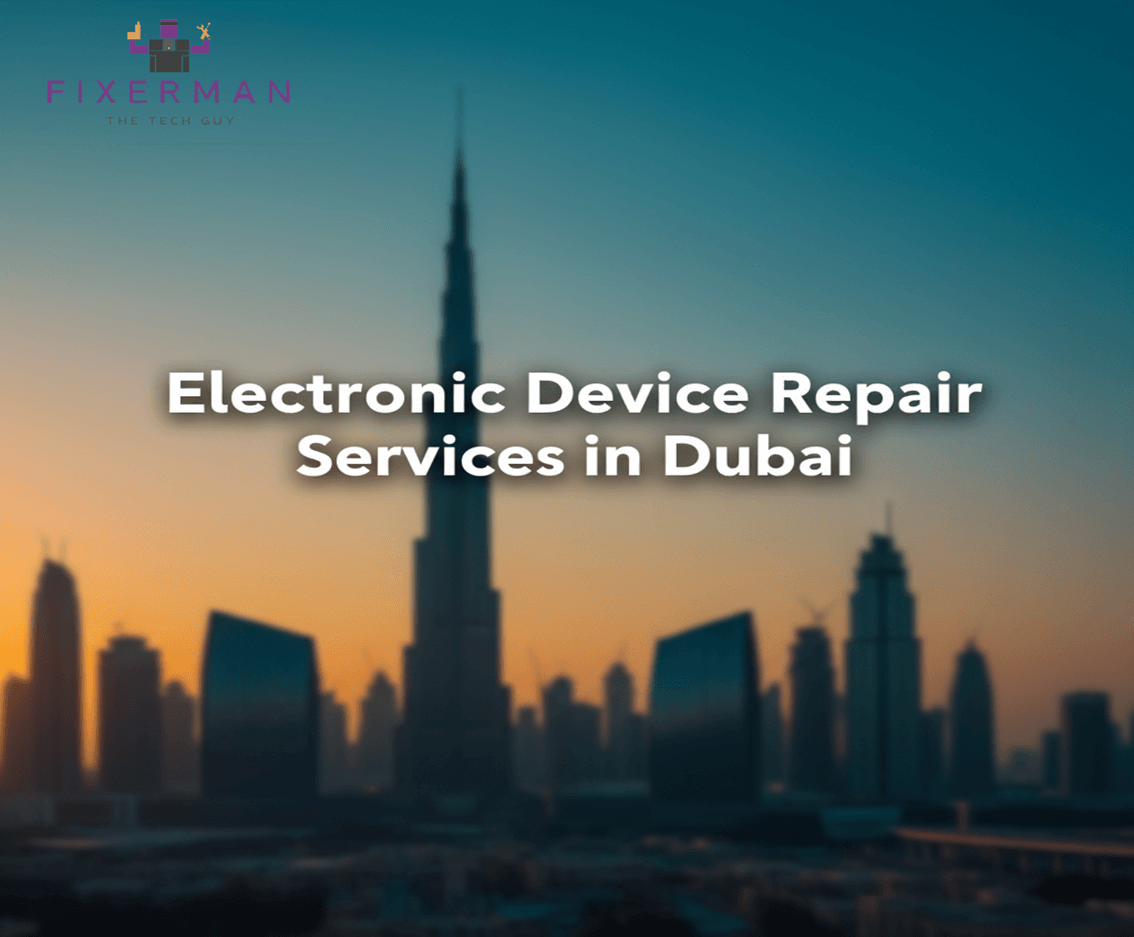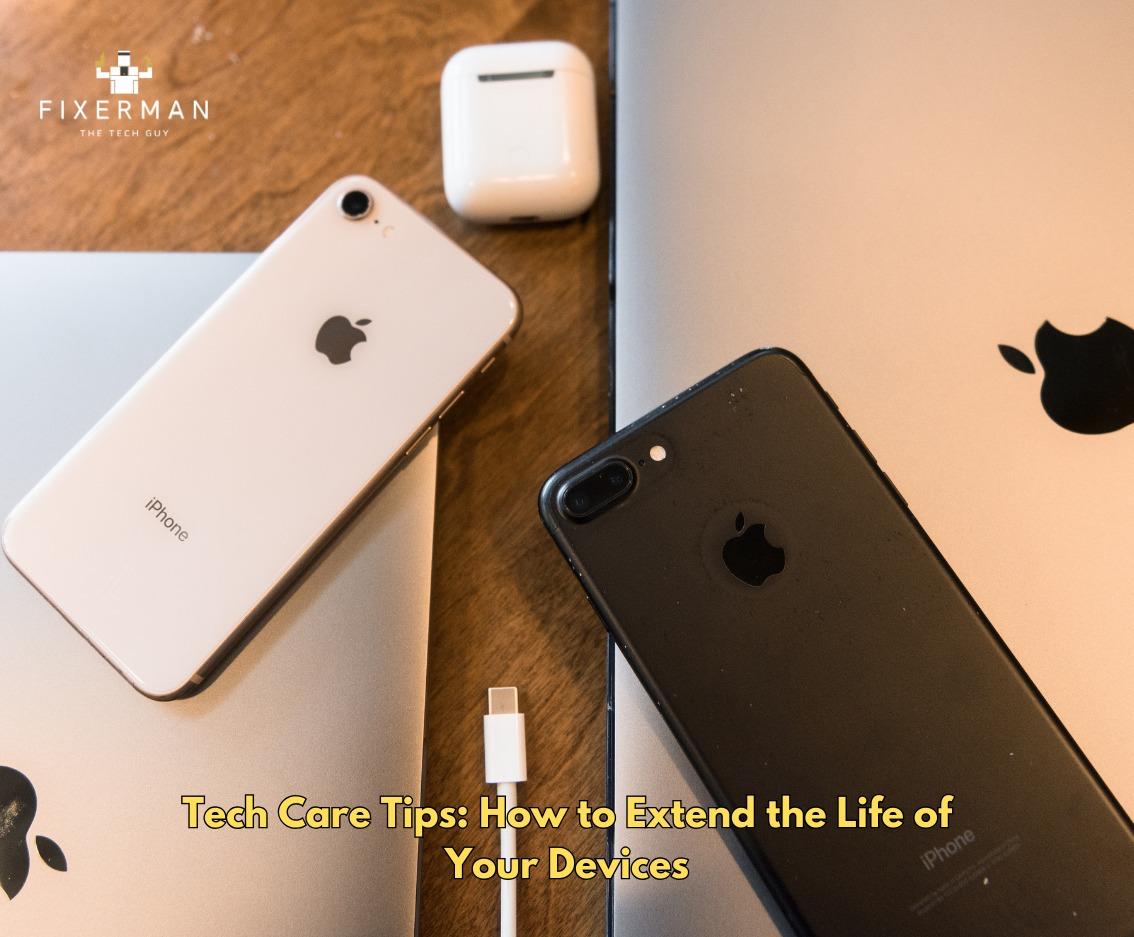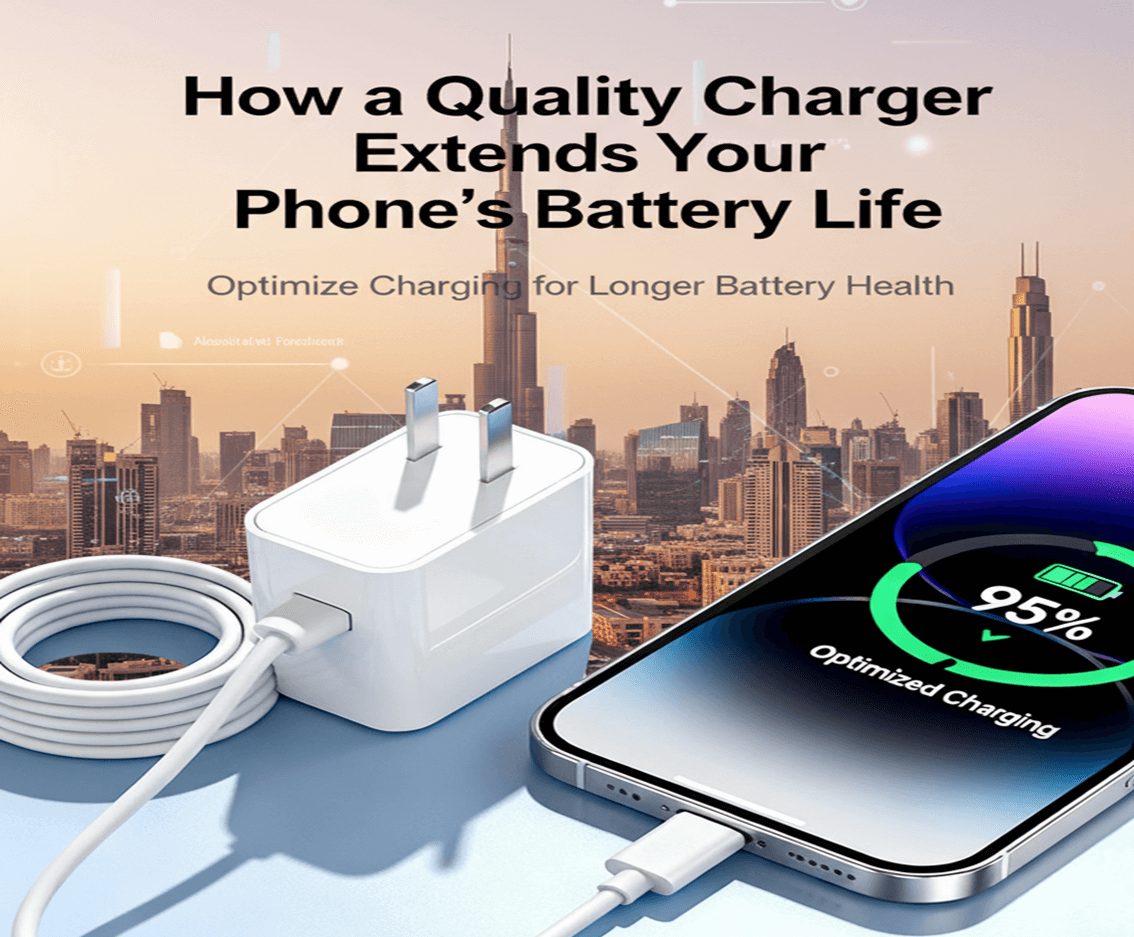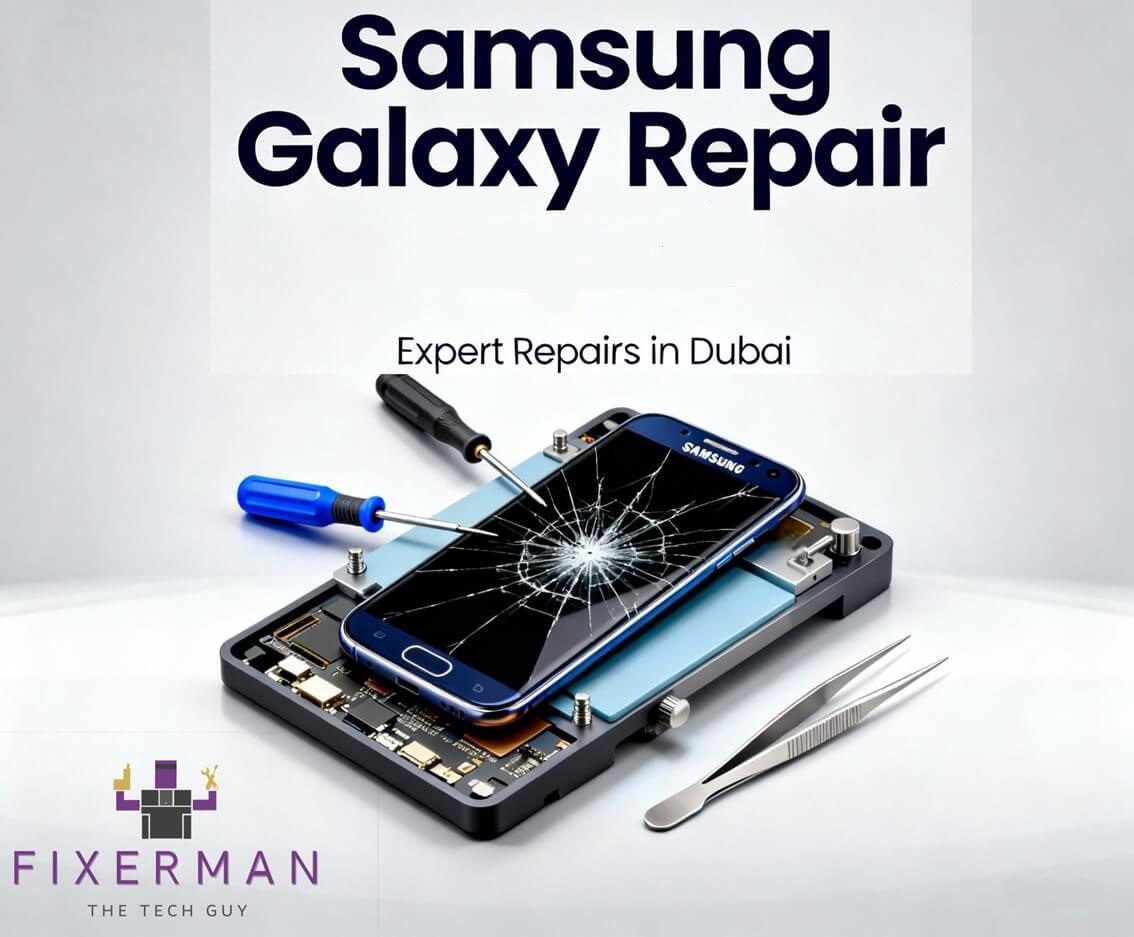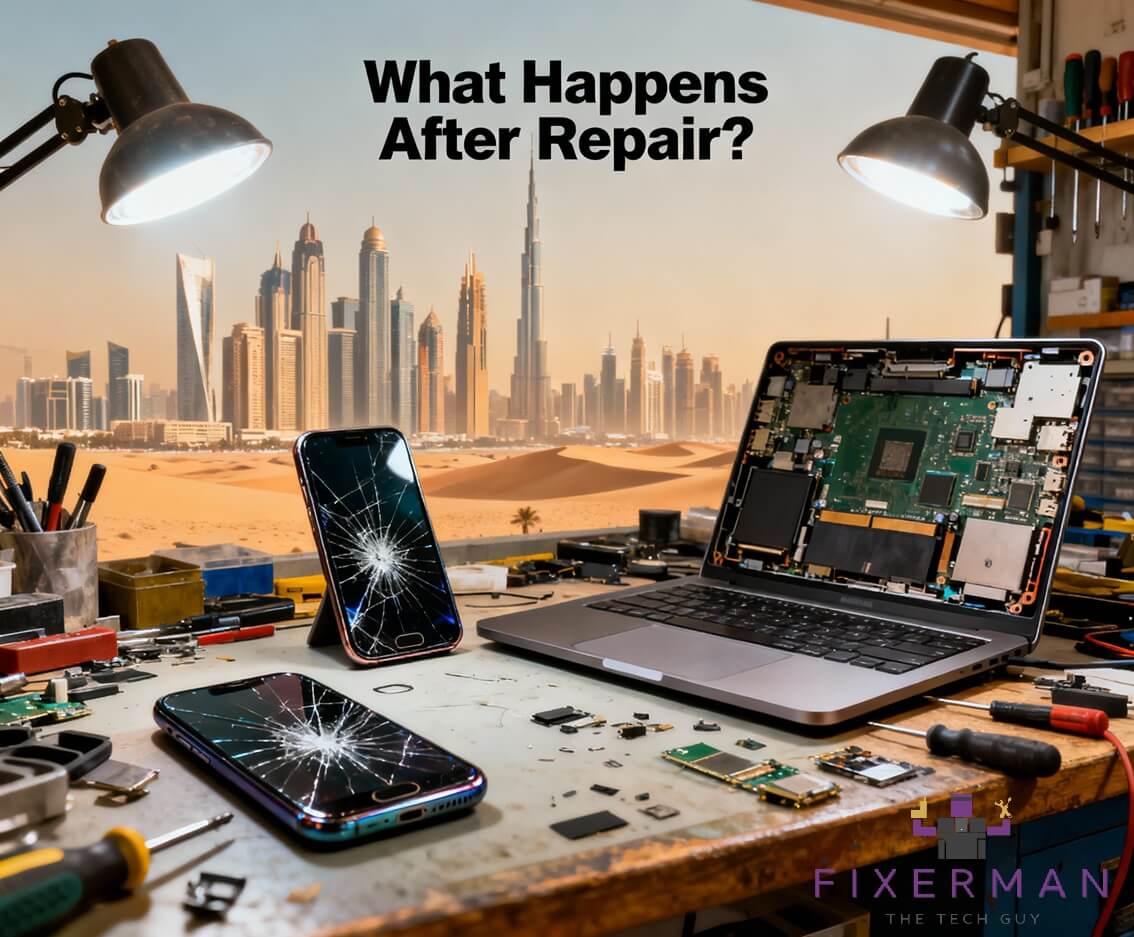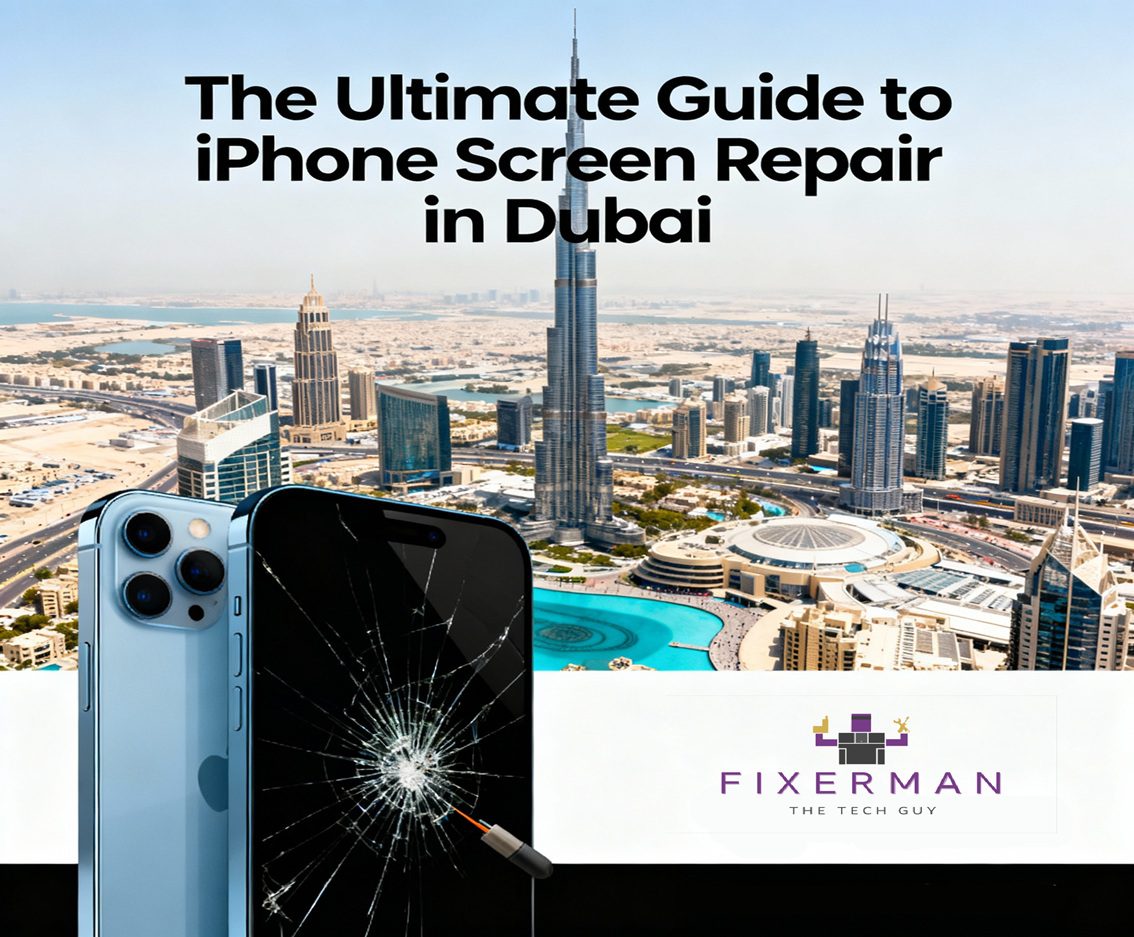In this day and age, communication and work rely heavily on the use of smartphones, tablets, and other touchscreen gadgets. These technological devices are highly priced and as a consequence, we are always trying to protect them from getting damaged. One of the most popular accessories bought with a new device is a screen protector. But does a screen protector serve its purpose? Let’s evaluate the benefits and drawbacks along with the different types of screen protectors, and determine if you actually need one.
The History of Smartphone Screens
Now that we know the benefits and drawbacks of screen protectors, let’s analyze how smartphone screens have advanced over the years. In comparison to older phones, modern smartphones seem to face much less screen damage due to the new innovative materials that are used to manufacture phones like Gorilla Glass or Ceramic Shield that are scratch resistant and extremely sturdy. These materials have greatly reduced the chances of screen abrasion on day to day usage.
But while these materials seem to be durable, they are not completely shielded from damage. If exposed to objects like sand, sharper edges, keys, and even coins, these materials can get scratched over time or receive blunt force against them and shatter. Bearing these circumstances in mind, even though manufacturers advertise features that claim to avoid scratches, no screen is theft protection, or damage, proof.
Benefits of Using a Screen Protector
Screen protectors have their place, especially with the advent of modern technologies concerning screens. Let’s delve into them more closely:
1. Scratch Protection
No matter how durable your screen is, it can still face some level of scratching when exposed to anything rough. Having a screen protector saves your original screen from this. If you are the type of user who is always out and about, putting your phone in your pocket alongside keys, then a screen protector is certainly an investment worth making.
2. Impact Resistance
Drop-proof protection is not something a screen protector can offer, though if a tempered glass protector is what you go for, it will help mitigate the chances of you cracking your screen when dropped. The protector does not eliminate the force, it absorbs it. This serves as an additional layer of protection.
3. Anti-Glare and Eye Comfort
Most modern screen protectors come with built-in capabilities of filtering out some of the light that screens emit. If you are someone who frequently uses mobile devices outdoors or under bright conditions, then an anti-glare coated screen protector is just for you. Also, some people struggle with eye strain and too much blue light on the device can further aggravate that issue.
4. Resistance to Fingerprint
Display protectors that have oleophobic or oil repellent coatings can shield your screen from scratches, smudges, and fingerprints. This aids in keeping your display readable.
5. Preserving Resale Value
When it comes time to upgrade, a scratch-free screen significantly improves your device’s resale value. A screen protector helps ensure your screen remains in mint condition, making it more attractive to potential buyers.
Types of Screen Protectors
With the variety of screen protectors available on the market, it’s clear that not all of them are the same. This is a summary of all the varieties.
1. Plastic Screen Protectors
– Polyethylene Terephthalate (PET): Provides basic scratch protection, but is not resistant towards impact. They are light on the pocket, thin and lightweight.
– Thermoplastic Polyurethane (TPU): has more flexible application than PET. Good at scratch resistance. It also provides moderate protection for curved screens. Applying this type can be troublesome.
2. Tempered Glass Screen Protectors
– Unlike the tailor-made option, these are the most sought out due to their outstanding durability against chips and cracks. They are also are able to replicate a touchscreen’s feel while on the other side hitting the mark with clarity. Although, these do cost a little more than plastic screen protectors. The value these provide in return is certainly worth the price.
3. Privacy Screen Protectors
– People that have privacy as their topmost concern usually tend to gravitate towards these. They limit a person’s viewing angle so that others are unable to peak. These, which privacy screen protectors made from tempered glass or plastic, are better choices.
4. Hydrogel Screen Protectors
– Unlike other options, hydrogel screen protector is new to the block. They are extremely thin, self healing and protect against minor scratches effortlessly. Perfect for edge to edge displays and curved screens, however, they do not provide a lot of resistance against impact unlike tempered glass.
When a Screen Protector Might Be Necessary
You Work In a Rugged Environment : Your job includes work outdoors, construction, or any other activities that expose your phone to dirt, dust, or heavy equipment. In these scenarios, using a screen protector is a smart choice. It shields your phone’s screen from any elements that could potentially harm it.
You Have a History of Dropping Your Phone : If you are someone who drops their phone quite often, a tempered glass screen protector is sure to help mitigate your phone’s risk of cracking. While it will not help in making your phone indestructible, it does provide an additional cushion, absorbing some of the shock the phone receives.
You Own An Expensive Device : If you’re an owner of a high-end phone or tablet, then you know that these devices come with larger and more delicate screens. So if scratches and cracks are something you want to avoid, shielding them with a premium tempered glass is a worthwhile investment.
You Share Your Phone with Kids : Children can be brutal when it comes to gadgets, whether it’s unintentionally dropping them or smudging food all over screens. Alongside strong tablets, a screen protector can add additional durability making it much more safe for children to use.
When a Screen Protector May Not Be Necessary
If you own any OtterBox or LifeProof rugged cases, then your screen is likely well protected already. So in this instance, an additional screen protector may not be needed.
Your Phone Comes with a Tried and Tested Durability Screen
High-end phones like the iPhone 14 or Samsung Galaxy S23 come fitted with high-quality screens that should stand the tests of most rough handling you expose it to during your daily routine. You are okay without screen protector if you handle your phone like an infant, and does not subject your phone to harsh usage.
You Tolerate Small Scratches
Some people aren’t overly concerned about small scratches, especially if they use their phone primarily for functional purposes rather than aesthetics. If you’re not planning to resell your device and don’t mind a bit of wear and tear, a screen protector might not be necessary.
How to Choose the Right Screen Protector
If you think a screen protector is worth it, here are a few tips on how to pick the right one:
1. Match It to Your Needs
If you want maximum protection, go for tempered glass. For a budget-friendly option, consider PET or TPU. Hydrogel protectors are ideal for curved screens, and privacy protectors are great if you’re concerned about onlookers.
2. Check Compatibility
Ensure that the screen protector is model-specific for your device. This will ensure a proper fit and alignment with the features of your screen, such as cameras and sensors.
3. Look for Added Features
Anti-glare, blue light filtering, and fingerprint resistance are some added features that will make your overall experience better.
4. Read Reviews
Before buying, read user reviews to ensure that the screen protector lives up to its promises in terms of durability and ease of application.
Alternatives to Screen Protectors
If screen protectors are not your style, you may use these other methods for the protection of your device :
• Protective Cases: A good quality case with raised edges can protect your screen from falling and impact.
• Careful Handling: Being watchful of where you place your phone and not placing it anywhere near sharp objects can help prevent damage to the screen.
• Warranty or Insurance: Most manufacturers, including the carriers allow covering damage on screens. That is an alternative way to screen protector by which one does not have to apply a protector.
Conclusion
So, is it truly necessary to have a screen protector? The answer depends on your lifestyle, how you use your device, and how much protection you want. If you are a careful person, using your phone in relatively undemanding conditions, then a screen protector probably is not required. On the other hand, if you want to keep your screen spotless, prevent scratches, or add some extra layer of impact resistance, a screen protector should be a worthwhile but small investment to save you lots of dollars in case of repairs.


